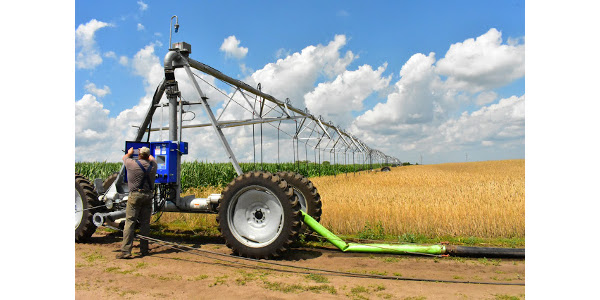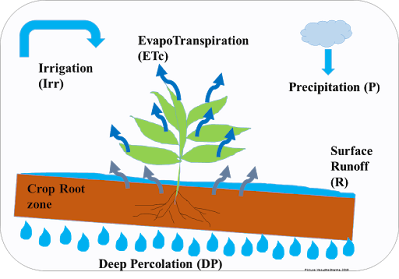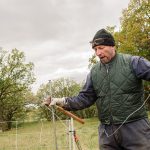If you are planning to irrigate, follow these five steps
MINNEAPOLIS — High crop water demand and low rainfall at this time of the year make irrigation essential in many parts of Minnesota, especially in the Central Sands region. If you are planning to irrigate, follow these five steps to ensure efficient irrigation management:
- Determine the crop’s active rooting depth and the corresponding available water-holding capacity for each soil type in the field.
- Select the predominant soil type(s) that should be used for irrigation water management purposes.
- Define the management allowable soil water depletion (MAD) limits for the selected soil types and the crop(s) to be grown.
- Establish a soil moisture monitoring system and regularly (at least twice a week) keep track of the soil water deficit or depletion. See below for various methods of estimating and measuring soil water deficit.
- Initiate an irrigation when the soil water deficit is expected to approach the selected MAD limit.
This procedure typically takes the operator 5 to 20 minutes daily to keep updated after determining the initial soil water characteristics. If you don’t have time to regularly monitor and estimate the soil moisture, consider finding a crop consultant to assist you in achieving the management objectives and adopting the advanced cellular telemetry irrigation management options that are available on the market.
Here are three main methods that can be used to accurately determine the soil water deficit or depletion for irrigation management:
- Soil water sensors: The main advantage of using soil moisture monitoring over other irrigation scheduling methods is that it consolidates all environmental conditions, such as temperature, humidity, light, etc. into one single measurement of soil water status. You can find details on different types of soil moisture sensors, their pros and cons, and how to use these sensors for irrigation management at z.umn.edu/Moisture-Sensors-Irrigation
- Water balance method: The second method you could use is the water balance approach, which is also called the “checkbook method.” This method uses weather data to account for soil-water in the rooting depth by soil-water balance approach. This method is usually referred to as weather-based or evapotranspiration-based irrigation scheduling, or the “water balance method.” Descriptions of the water balance approach and the checkbook method can be found at z.umn.edu/IrrigationSchedulingUsingETc and z.umn.edu/CheckbookMethod, respectively. The Excel spreadsheet for the checkbook method is also available at the above link. If your field is in Benton, Otter Tail, Becker, Hubbard, Wadena, or Todd County, you can also use the Irrigation Management Assistant tool (IMA), which is an automated irrigation software that works on the principles of the water balance irrigation scheduling method http://ima.respec.com/.
- Feel and appearance method: The third and most common method is the “feel and appearance method.” Though most common, this method is not as accurate as the other two irrigation scheduling methods. However, this method is better than no method, so if you don’t have the resources for the other two methods, consider using the feel and appearance method. Details about this method can be found at z.umn.edu/FeelMethod.
Last modified: 07/31/2020










